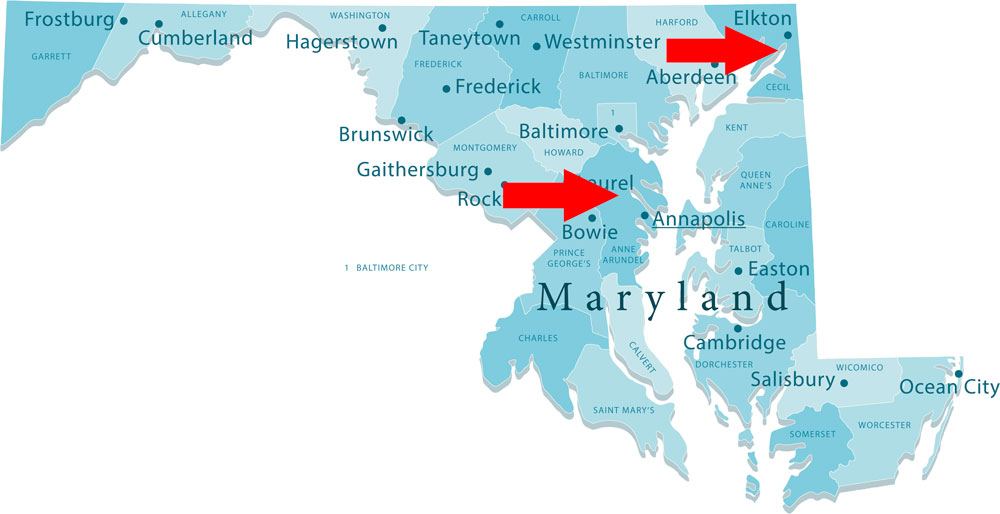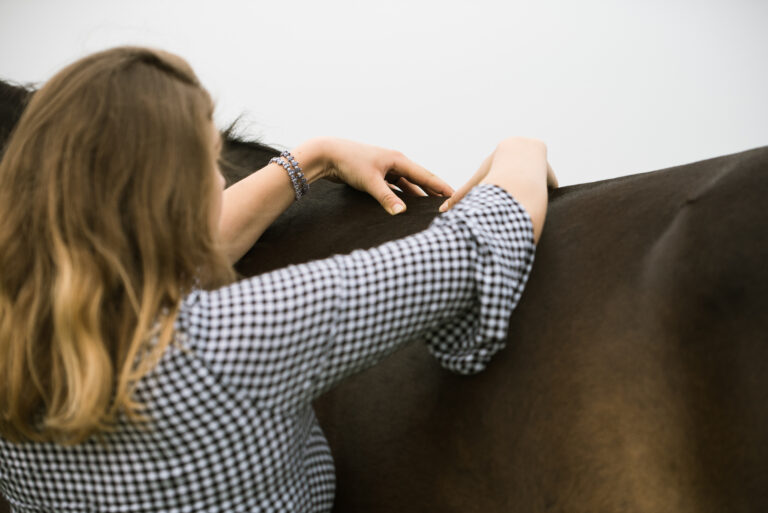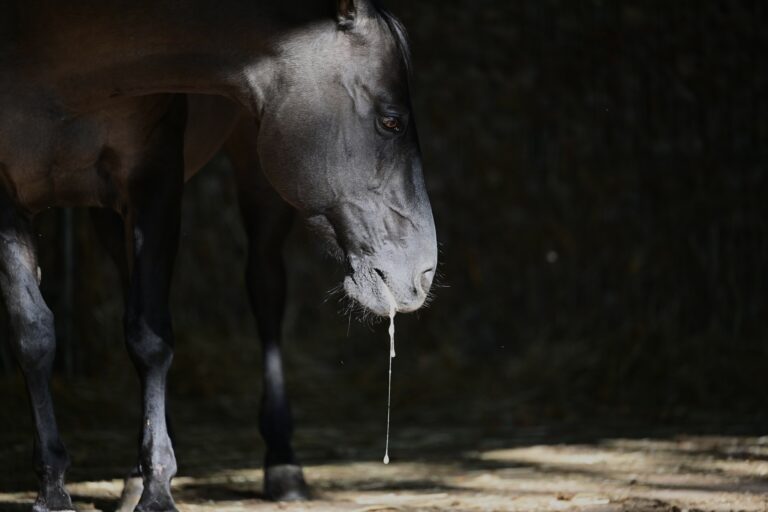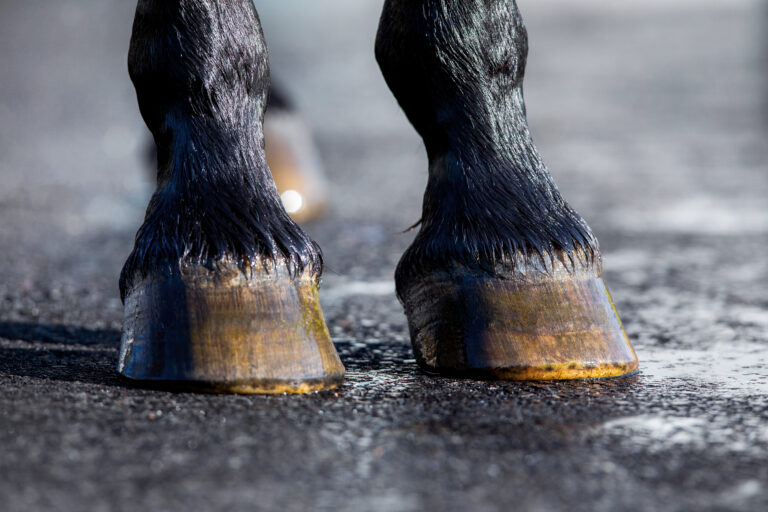
An attending veterinarian and the Maryland Department of Agriculture confirmed two unrelated cases of neurologic equine herpesvirus (EHV-1, also known as equine herpesvirus myeloencephalopathy or EHM).
Both horses developed clinical signs over the weekend and were confirmed positive for neurologic equine herpesvirus on Monday, March 8. The horses were stabled in different counties (Anne Arundel County and Cecil County) and there is no known connection between the horses.
Laurel Racetrack
A 3-year-old Thoroughbred gelding stabled at Laurel Park Racetrack in Anne Arundel County began displaying clinical signs of neurologic equine herpesvirus on Saturday, March 6. Clinical signs included ataxia and urine and manure retention. The gelding was vaccinated.
The symptomatic horse was admitted to the Isolation facility at the Marion duPont Scott Equine Medical Center in Leesburg, Virginia. At the time of this report, the horse remained isolated at the medical center and was responding well to treatment.
The Maryland Department of Agriculture has placed four barns at Laurel Racetrack on a hold order, prohibiting movement on or off the premises until any exposed horses have been cleared for release. The hold order is a precaution for any horses that were potentially exposed to the positive horse.
No other horses are showing clinical signs at this time.
Horses under the hold order will be closely monitored for any clinical signs, and any horses showing clinical signs will be tested immediately. The Maryland Department of Agriculture Animal Health staff is working closely with Laurel Park personnel to ensure that their daily operations are able continue as safely as possible.
Cecil County
A horse stabled at a private barn in Cecil County began displaying clinical signs of neurologic equine herpesvirus on Friday, March 5. The horse did not respond to treatment and was euthanized on Saturday, March 6.
Samples from the deceased horse were confirmed positive for neurologic equine herpesvirus on Monday, March 8.
The barn has been placed on a hold order, with veterinary professionals monitoring all horses for clinical signs. The hold order will remain in place until all exposed horses have been cleared for release.
Information for this report was provided by the Equine Disease Communication Center.




